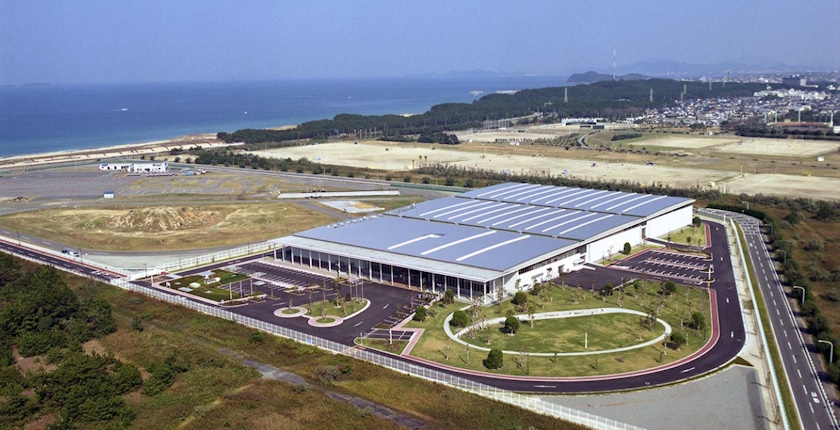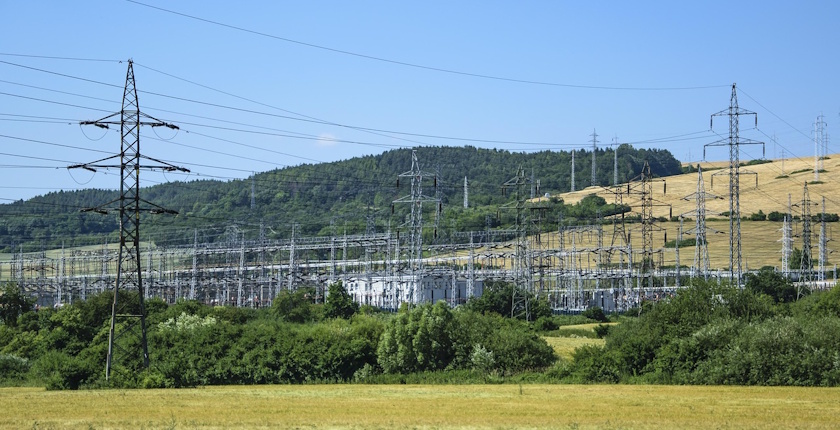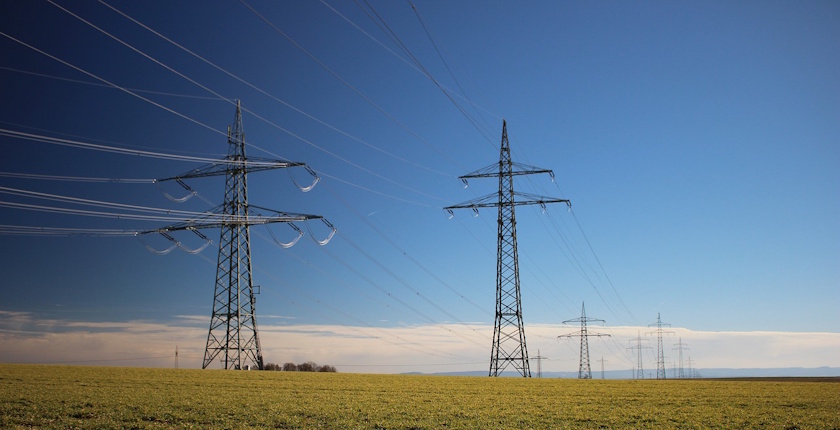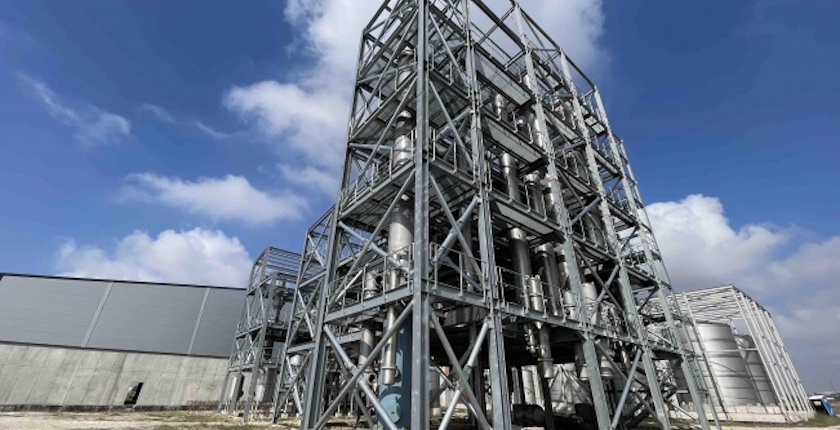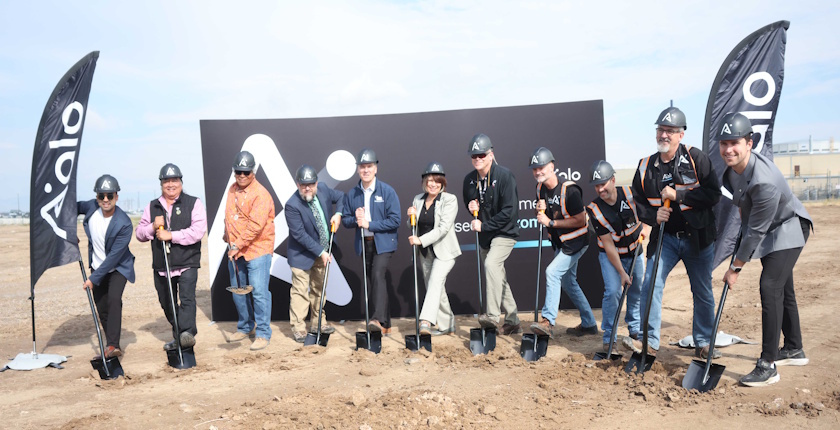
US firm Aalo starts construction of its first extra-modular nuclear reactor
US-based nuclear power startup Aalo has begun construction on its first extra-modular reactor, a type of modular reactor, in Idaho. The company is among 11 developers of micro and small modular reactors selected by the US Department of Energy to participate in its Nuclear Reactor Pilot Program.
Aalo stated that its reactor will mark a significant milestone, becoming the first new sodium-cooled test reactor in the United States to go critical in over forty years—an achievement that builds on its selection for the Department of Energy’s pilot program.
The company noted that the lessons learned from manufacturing, shipping, installing, and licensing Aalo‑X will influence whether advanced reactors like the Aalo Pods can truly be produced at scale.
DOE’s aims to reach criticality for at least three advanced nuclear reactor concepts by July 4, 2026
“Within months, we will have assembled the first XMR at our Idaho site; by July 4, 2026, we will reach criticality, and by July 2027, we will power a collocated datacenter, with next-generation AI chips. Once operational, Aalo‑X will be a tangible proof‑of‑concept that nuclear energy can power the AI revolution rapidly and cost‑effectively,” the firm said in a press release.
DOE’s Nuclear Reactor Pilot Program aims to reach criticality for at least three advanced nuclear reactor concepts located outside of the national laboratories by July 4, 2026.
Groundbreaking in the desert beside Idaho National Laboratory (INL) ensures that Aalo‑X will meet that mandate, the firm said.
According to Aalo, traditional categories of microreactors (<10 MWe) and small modular reactors (SMRs, up to ~300 MWe) leave a gap between tiny reactors that can be delivered to remote sites and larger units that supply cities.
Introducing the first XMR
“We created the extra‑modular reactor (XMR) to fill that gap. It’s a category of modular reactors that is a crossover between microreactors and SMRs. Our product is an Aalo Pod that contains five 10 MWe Aalo‑1 reactors arranged around a single turbine; the resulting 50 MWe plant is purpose-built for power‑hungry data centers,” according to the press release.
The concept of SMR has been gaining traction worldwide for quite a while, as part of a nuclear energy renaissance. However, overall progress in the sector has been modest.
The world’s first SMR-based facility, Russia’s floating nuclear power plant Akademik Lomonosov, commissioned in Chukotka in 2020, remains the only one in commercial operation.

